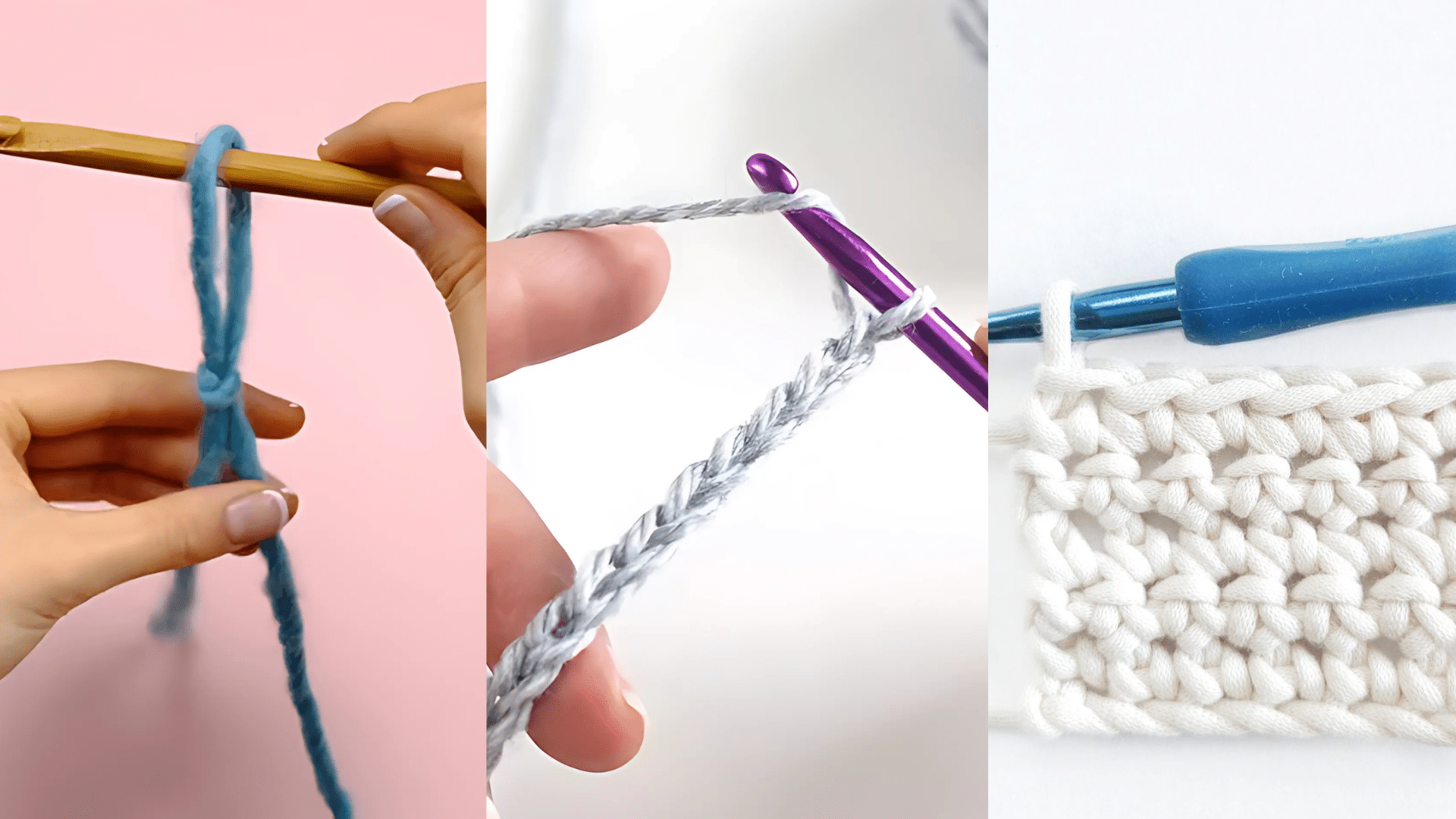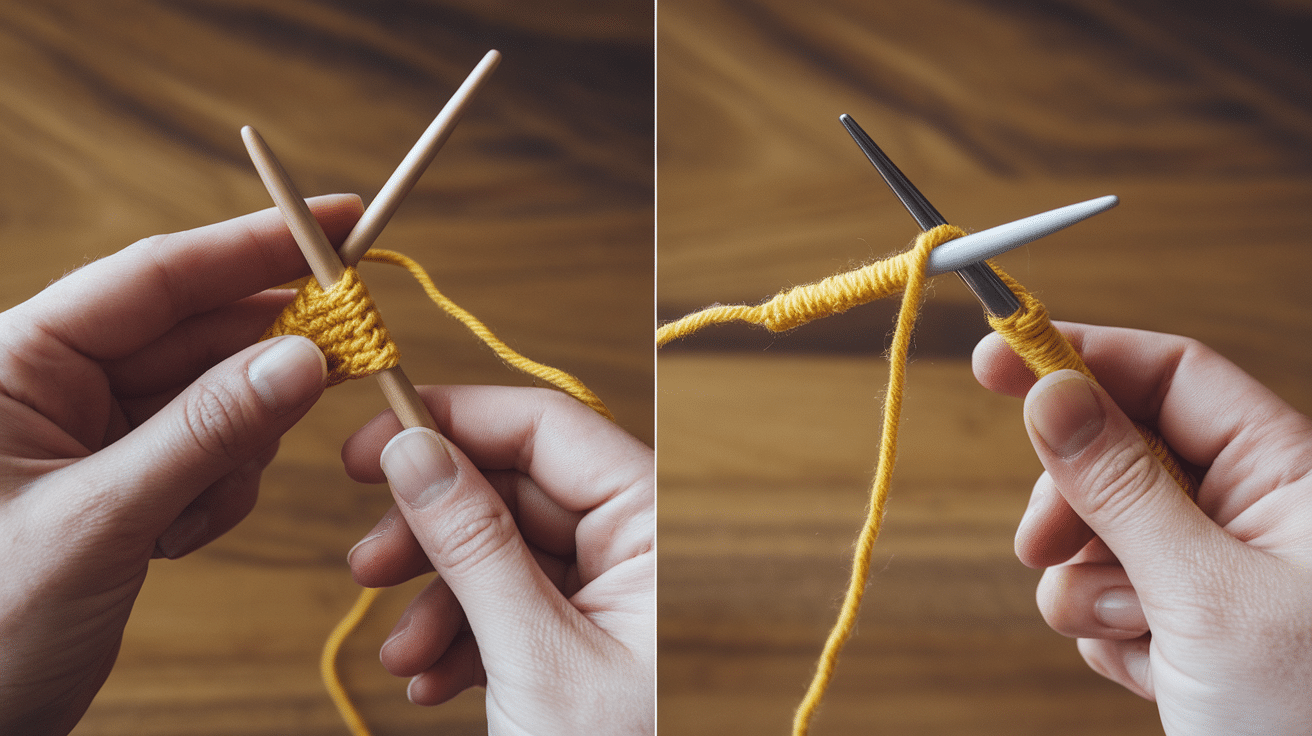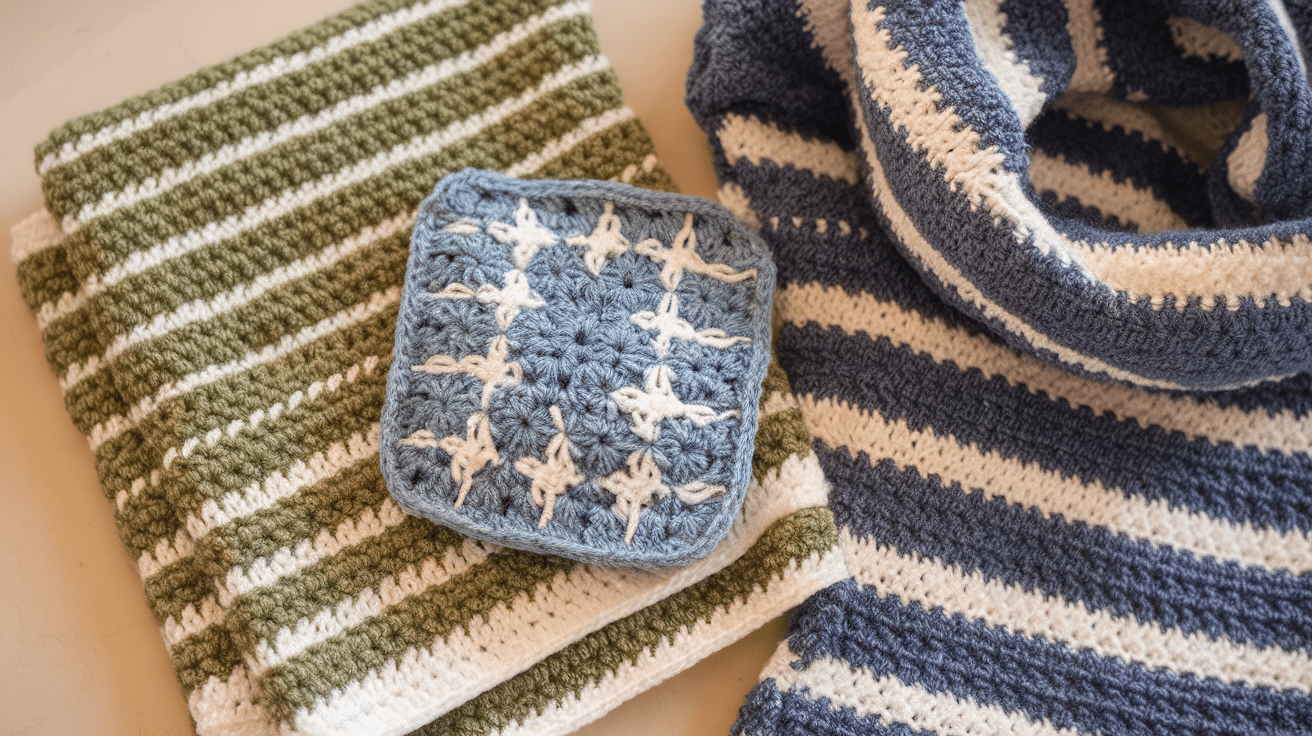Crocheting is a fun and creative hobby, but many people wonder if it’s easy to learn. If you’ve ever looked at a crochet project and thought it looked too hard, I’m here to help.
In this guide, I’ll share my experience with crocheting and give you a simple breakdown of what to expect when you start.
Crocheting may seem challenging at first, but with the right tips, anyone can pick it up. It’s all about practice and taking it step by step.
By the end of this guide, you’ll know if crocheting is something you want to try, and I’ll make sure you feel ready to start your first project.
What Is Crocheting?
Crocheting is a method of creating fabric by interlocking loops of yarn with a crochet hook. Unlike knitting, which uses two needles, crocheting uses only one hook. This makes it easier to learn for some people.
Crochet allows you to make many things, from blankets to toys, scarves, and much more. All these projects start with the same basic techniques, which makes crocheting a versatile and fun craft to try.
Is Crocheting Easy to Learn?
Crocheting can be as easy or as hard as you want it to be. Learning the basic stitches and techniques may take some time for a complete beginner, but with some practice, it can be a straightforward process.
It’s important to remember that everyone learns at their own pace. Some people might find it easier to pick up, while others may need more time. If you’re patient and keep practicing, you’ll definitely improve.
Start by focusing on simple projects that use basic stitches. As you become more comfortable, you can move on to more advanced patterns and techniques. The key is to take it one step at a time.
Basic Crocheting Tools You Need

When starting with crocheting, you don’t need many tools. A list of a few tools you’ll need:
-
Crochet Hook: A crochet hook is the main tool used for crocheting. Hooks come in many sizes, with the size you choose affecting how tight or loose your stitches are. For beginners, a medium-size hook, such as H or I, is a good choice.
-
Yarn: Yarn is available in many colors and types, but for beginners, it’s best to choose a yarn that is easy to work with. Most beginners start with the worsted-weight yarn because it’s the most versatile.
-
Scissors: You’ll need scissors to cut the yarn at the end of your projects.
-
Tapestry Needle: This needle is used to weave in the loose ends of yarn after finishing a project.
These are the only tools you need to get started with crocheting, making it a very affordable hobby.
Basic Crocheting Stitches You Must Learn

As a beginner, a few key stitches form the foundation of all crochet work. The basic stitches you should master:
1. Slip Knot
A slip knot is the first step in every crochet project. It’s how you start your work. It’s a simple knot that can be tied at the beginning of the yarn to secure it onto the crochet hook.
2. Chain Stitch (ch)
The chain stitch is the most basic and important stitch in crochet. It’s used to start projects and create a base to build on. It’s also the first stitch you’ll learn.
How to make a chain stitch:
- Yarn over (wrap the yarn around your hook).
- Pull the yarn through the loop on the hook to create a new loop.
- Repeat this to create a series of chain stitches.
3. Single Crochet (sc)
Single crochet is one of the most commonly used stitches in crochet projects. It’s simple to make and creates a tight, firm fabric.
How to make a single crochet:
- Insert your hook into the stitch.
- Yarn over and pull through the stitch.
- Yarn over again and pull through both loops on the hook.
4. Double Crochet (dc)
Double crochet is another fundamental stitch. It’s a taller stitch than the single crochet, creating a looser and more flexible fabric.
How to make a double crochet:
- Yarn over and insert the hook into the stitch.
- Yarn over again and pull through.
- Yarn over once more and pull through the first two loops on the hook.
- Yarn over and pull through the last two loops.
How to Hold Your Crochet Hook and Yarn

The way you hold your crochet hook and yarn can affect the ease of crocheting. There are a couple of ways to hold both, and it’s important to find what works best for you.
1. Holding the Hook: You can hold the hook like a pencil or like a knife, depending on what feels most comfortable. Try both ways and choose the one that feels natural.
2. Holding the Yarn: Your yarn should be held with your non-dominant hand. It’s important to control the tension by holding the yarn loosely. Don’t hold it too tight or too loose, as it could affect your stitches.
Understanding Tension in Crocheting
Tension refers to how tight or loose the yarn is when you crochet. If your tension is too tight, your stitches will be hard to make, and your fabric will be stiff. If your tension is too loose, your stitches may be uneven, making the fabric floppy.
To improve your tension:
- Relax your hands, and don’t grip the yarn too tightly.
- Practice by crocheting swatches to find the tension that feels right.
Simple Crochet Projects for Beginners

Starting with simple projects can help you build confidence. Here are a few easy projects for beginners:
- Dishcloth: A dishcloth is a great beginner project. It’s quick and uses basic stitches, making it perfect for practicing your skills.
- Scarf: A scarf is another easy project that you can create using basic stitches like single crochet or double crochet.
- Granny Squares: These small, square motifs are easy to make and can be joined together to form blankets or other items.
- Coasters: Crocheted coasters are simple and useful. They also make great gifts!
Advanced Crochet Techniques to Try
Once you’re comfortable with the basic stitches, you might want to explore more advanced crochet techniques. Some of these include:
- Crocheting in the Round: This technique is used for making circular items, such as hats or amigurumi (crocheted toys).
- Textured Stitches: Learn to use different stitches like puff stitches or shell stitches to create unique textures in your projects.
- Color Changing: Master changing colors in your crochet work to create beautiful patterns and designs.
How Long Does It Take to Learn Crocheting?
The time it takes to learn crocheting varies for each person. For some, grasping the basics may take just a few hours, while for others, it could take a week or two of practice.
In general, after a few hours of practice, you should be able to create simple projects like a dishcloth. After a few weeks, you’ll likely feel comfortable making scarves, hats, and blankets.
The key is to practice regularly. You’ll notice improvement quickly if you practice for 15-30 minutes each day.
Benefits of Crocheting
Besides being fun, crocheting has several benefits:
- Many people find crocheting to be a calming and relaxing activity.
- Crocheting lets you express yourself by choosing yarns, colors, and patterns.
- It can help you stay focused and present, which is great for mental health.
How to Fix Mistakes in Crochet
Mistakes happen when crocheting, but don’t worry—there are easy ways to fix them.
- Dropped Stitches: If you miss a stitch, simply unravel a few stitches back to the mistake and redo the stitch.
- Uneven Tension: If your stitches are too tight or loose, try adjusting your grip on the yarn and hook. You can also rip back to the mistake and correct the tension.
- Crocheting in the Wrong Stitch: If you accidentally work into the wrong stitch, carefully unravel back to the point where the mistake occurred and start again.
- Too Many or Too Few Stitches: If you notice an extra or missing stitch, count your stitches at the end of the row. If the count’s off, rip back to that row and correct the error.
Conclusion
Crocheting is not as hard as it might first seem. With a little practice, patience, and the right tools, anyone can learn the basics and create beautiful projects.
The key is to begin with simple stitches, like chain stitch and single crochet, and work on small projects that help build your confidence.
You can challenge yourself with more complex patterns and techniques as you improve. Remember, mistakes are part of the learning process, and they can easily be fixed.
Over time, crocheting will become easier and more enjoyable. The more you practice, the more comfortable and faster you’ll become. Crocheting is a relaxing and rewarding hobby that allows you to create things with your hands.
Frequently Asked Questions
How do I change yarn color in crochet?
To change colors, simply complete the stitch with the old yarn and then switch to the new yarn in the next stitch by pulling through with the new color.
What is the best crochet hook for beginners?
A 5mm (H-8) crochet hook is a popular choice for beginners as it works well with medium-weight yarn, which is easier to handle.
Do I need to count my stitches every row?
It’s a good habit to count your stitches at the end of each row to ensure your work is even and you don’t miss any stitches.
Can I crochet with any type of yarn?
Yes, you can crochet with various types of yarn, but it’s best to start with medium-weight yarn as it’s easier to handle for beginners.









